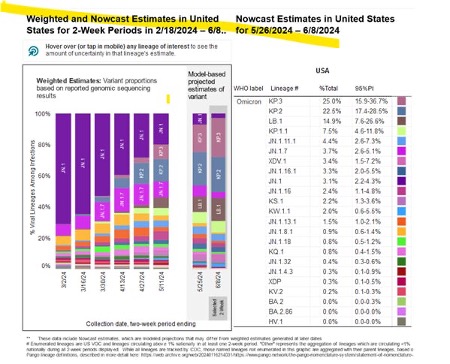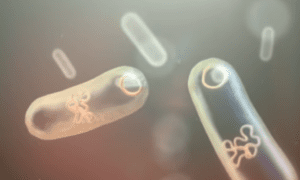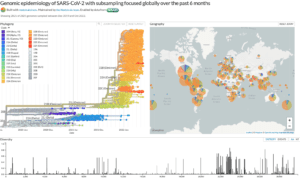There is no need for further comments on the variant proportions (for weighted estimates) as depicted above. Since the emergence of JN.1, several other variants have joined the club, thanks to a marginal transmissibility advantage that allowed them to gradually increase their contribution to the viral landscape. However, none of them have been successful enough to supplant JN.1 completely. Hence, new variants have emerged while the proportions of previously emerged variants with enhanced transmissibility have gradually declined.
The most recent front-runner is KP.3. Will KP.3 manage to kick JN.1 out of the game and gradually become the new host-friendly variant that dominates the scene? Or will its marginal fitness advantage be insufficient to ensure the survival of SARS-CoV-2, prompting the virus to evolve into a completely new coronavirus species capable of triggering unrestrained intra-host transmission and spread? You know what I think…






































